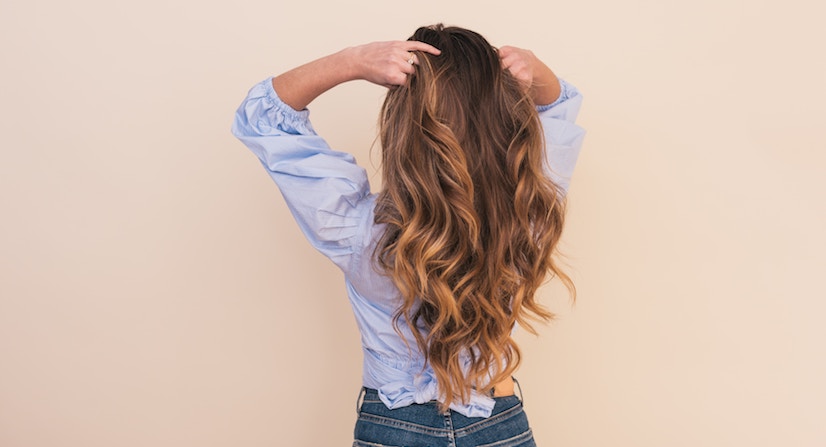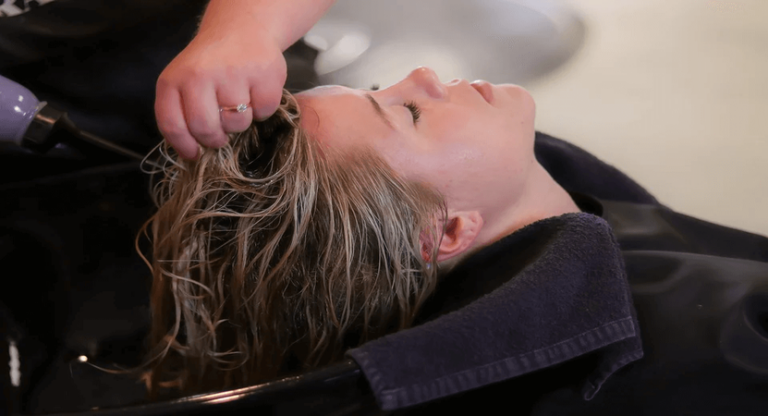Haircare products are a staple in both men and women’s daily self-care routines. For many, the only way they can manage their tresses is by applying different types of hair care products, in the hope of solving whatever hair problem they need fixing.
Unfortunately, most products on the market do more harm than good to our hair and bodies. Others end up in the environment and affect plant and marine life. Some of the ingredients found in shampoos, conditioners, dyes, and other hair products are absorbed through the hair shaft and scalp, altering our internal body systems.
Can you remember the last time you were concerned about the chemicals in your hair products? You might be surprised to find out there are hundreds of chemicals in the products you put on your hair.
To date, the product approval process to screen haircare products before they land on the shelves and make it to your shopping cart isn’t extensive. This poses a serious problem to all consumers, as these chemicals might have drastic effects on not only your hair and scalp, but also your overall health. As such, it has become more crucial than ever before to look for safe hair products to ensure your wellness and safety. That’s why it’s of utmost importance to carefully read the labels on your hair products.
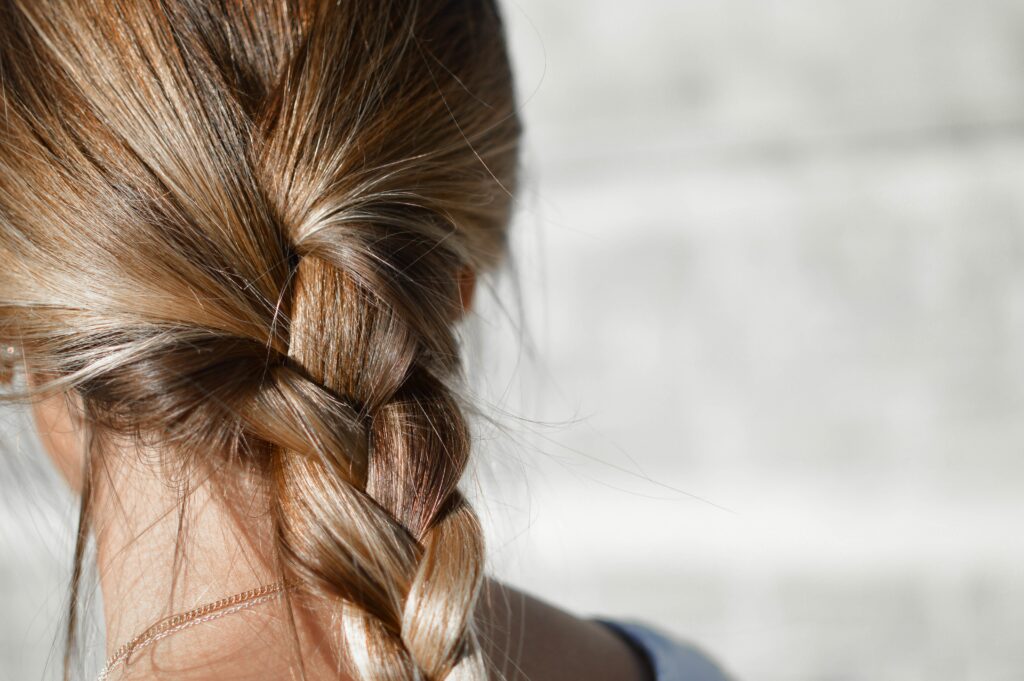
Also, the beauty industry is highly unregulated by the Food and Drug Administration (FDA) in the U.S. Hence, the responsibility falls on the consumers to ensure they purchase good hair products. Manufacturers use tons of toxic chemicals. Many of these are actually banned in other countries and regions such as the European Union, Japan, and Canada. Luckily, there are many hair products, such as dyes, conditioners, and shampoos, without harmful chemicals.
To help you steer clear of harmful ingredients, we will be looking at the following:
- The Top 10 Harmful Ingredients in Hair Products to Avoid
- Clean Beauty and How it Helps You Avoid Harmful Ingredients
- Keeping Your Hair Beautiful the Healthy Way
The Top 10 Harmful Ingredients in Hair Products to Avoid
Some of the ingredients to avoid in hair products include:
1. Benzene
Benzene is a type of toluene used as a solvent in product formulations. Exposure to benzene, especially through inhalation, has been shown to lead to toxicity in the body. Other chemicals to watch out for that have similar effects as benzene include methylbenzene, toluol, and phenylmethane. When inhaled, benzene irritates the respiratory tract. Expectant mothers exposed to this chemical put the healthy development of their unborn babies at risk, as toluene disrupts the growth of important body organs and systems.
Various studies have linked exposure to toluene with blood cancer, the toxicity of the immune system, and dysfunctional central nervous systems. Short-term effects of benzene inhalation include feeling fatigued, dizzy, nauseous, groggy, and having headaches. It’s advisable to use products containing this chemical in properly ventilated areas, where the chances of inhaling it are minimized.
Benzene is commonly found in hair dyes.
2. Diethanolamine and Triethanolamine (DEA & TEA)
These two belong to a group of chemicals referred to as ethanolamines. DEA is used as an emulsifier in shampoos. TEA functions as a pH adjuster, fragrance ingredient, and emulsifying agent in various products. Ethanolamines become harmful when used in the same product as preservatives that break down into nitrogen over time. The reaction between these two groups results in nitrosamines. Nitrosamines are known human carcinogens that may cause kidney and liver cancer.
Diethanolamine also reacts with other ingredients found in most chemical hair products to form N-nitrosodiethanolamine, which is absorbed through the skin. In the body, this compound accumulates in organs such as the liver, contributing to organ toxicity. This weighs down on basic body functions such as detoxification. It also has adverse effects on the neural system and may trigger tremors.
DEA can enter into the bloodstream of a developing fetus, where it affects brain development. As such, the child may be born with poor memory function and permanent mental disability. The European Commission prohibits the use of DEA in cosmetics due to its relation to the cancer-causing nitrosamines.
Hair conditioners, shampoos, and dyes are some of the products where you can find DEA, TEA, and other ethanolamines such as monoethanolamine.
3. Isopropyl Alcohol
Alcohols are used to increase the speed at which hair products dry up. They also ensure the even spreading of products on the hair and scalp when styling. Moreover, isopropyl alcohol enables other ingredients to penetrate the hair shaft. While alcohol has some benefits for hair, it’s important to make a distinction between small chain alcohols and long-chain alcohols, also known as fatty alcohols.
Isopropyl alcohol is a type of small chain alcohol, which has detrimental effects on hair with long term use. When used on hair, it dries up quickly. The downside is that it evaporates together with water and natural oils, thus stripping the hair of moisture. The hair ends up dull, frizzy, and dry. Small chain alcohols are especially a bad choice ingredient for people with curly hair. Textured hair easily breaks or cracks when exposed to these alcohols. If you have been wondering what ingredients to avoid in shampoo for color-treated hair, this is one of them. Dyed hair is already dehydrated, and exposing it to alcohol only worsens matters. Besides isopropyl alcohol, other types of alcohol to watch out for include propyl alcohol, ethanol, propanol, and ethyl alcohol.
Products containing isopropyl alcohol include conditioners, shampoos, dyes, and rinses.
4. Sulfates
There has been a long debate on whether sulfates are bad for hair. Sulfates are used in most personal care products that lather. Examples are sodium laureth sulfate, ammonium lauryl sulfate, and sodium lauryl sulfate. Sulfates help in the removal of dirt and grease when used in hair washing products.
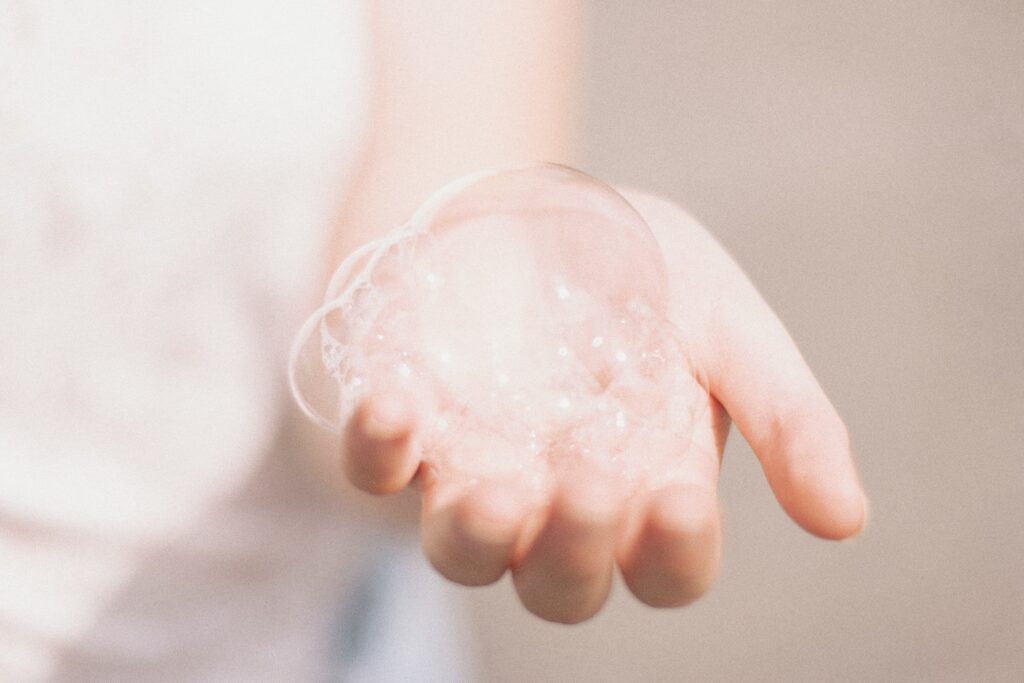
However, sulfates become harmful to the scalp and hair when they strip them of natural oils. This leads to the depletion of sebum, the natural oil that moisturizes hair. Consequently, hair becomes brittle and loses its shine. Naturally curly hair is especially susceptible to the damages caused by sulfates since curly hair dries out faster. Sulfates may also irritate the scalp and eyes.
Shampoos and conditioners are some of the hair products where you can find one or more types of sulfates.
5. Formaldehyde
Formaldehyde is a preservative used in many formulations. It prevents the growth of bacteria, thus extending the shelf life of products. Formaldehyde can be present in products either directly, or as a result of formaldehyde-releasing preservatives (FRP). Hence, besides formaldehyde, beware of other chemicals such as glyoxal, diazolidinyl urea, quaternium-15, DMDM hydantoin, and polyoxymethylene urea. These are chemicals that eventually release formaldehyde during the shelf life of a product. This is accelerated when the product is exposed to heat.
Some of the temporary effects of formaldehyde exposure include skin and eye irritation. Even people who may not have any allergic reactions at first may develop sensitivity after repeated exposure. What makes formaldehyde so toxic is that it can cause negative effects even when used in very small concentrations in products. Studies have shown that formaldehyde has long-lasting, serious effects on the body when inhaled.
Both animal and human studies have established formaldehyde as a carcinogen. It has been linked to leukemia and a general increase in the risk of cancer. As such, formaldehyde is banned in such countries as Sweden and Japan due to its association with high cancer risk.
Formaldehyde can be found in air gels, styling products, shampoos, and conditioners.
6. Methylisothiazolinone (MIT) and Methylchloroisothiazolinone (CMIT)
These are two other common preservatives in beauty products. Studies preformed on animals have revealed that exposure to high concentrations of MIT has adverse effects on body system function. Rapid weight gain and eventual death were observed. Intestines and lungs were affected, where they became swollen and reddened. This points towards organ toxicity, which affects essential body functions such as digestion, respiration, and immunity. MIT and CMIT are even more toxic when used together in the same products.
The American Contact Dermatitis Society has recognized MIT as a harmful allergen that causes skin sensitivity.
MIT and CMIT are usually found in liquid-form products such as hair colors, hair sprays, shampoos, and conditioners.
7. Triclosan (TCS)
Triclosan has antimicrobial properties. It’s mostly used in hair care products as an anti-bacterial and disinfectant agent. The FDA, however, proved that the chemical does not have any special disinfecting effects different from plain soap or water. Triclosan was, therefore, rendered useless for the function which most manufacturers claim to use it for. It’s bio-accumulative, which means that over time it builds up on the scalp and gradually gets absorbed into the body. Skin irritation is one of its lesser effects. More serious side effects come in its ability to increase the risk of cancer and disrupt fetal development.
Triclosan is a known endocrine disruptor. It interferes with the normal hormone functioning in the body. In addition, triclosan has been shown to activate drug-resistant bacteria. Triclocarban (TCC) is another ingredient similar to triclosan that should also be avoided.
TCS and TCC can be found in shampoos.
8. Synthetic/Artificial Colors
These are colors formed by mixing various dyes. Examples include FD&C Blue 1, D&C Red 27, and FD&C Yellow 6. One color may require at least 25 chemicals to get the right shade. These chemicals are not listed on product labels and are usually hidden under the umbrella terms “fragrance” or “perfume”.
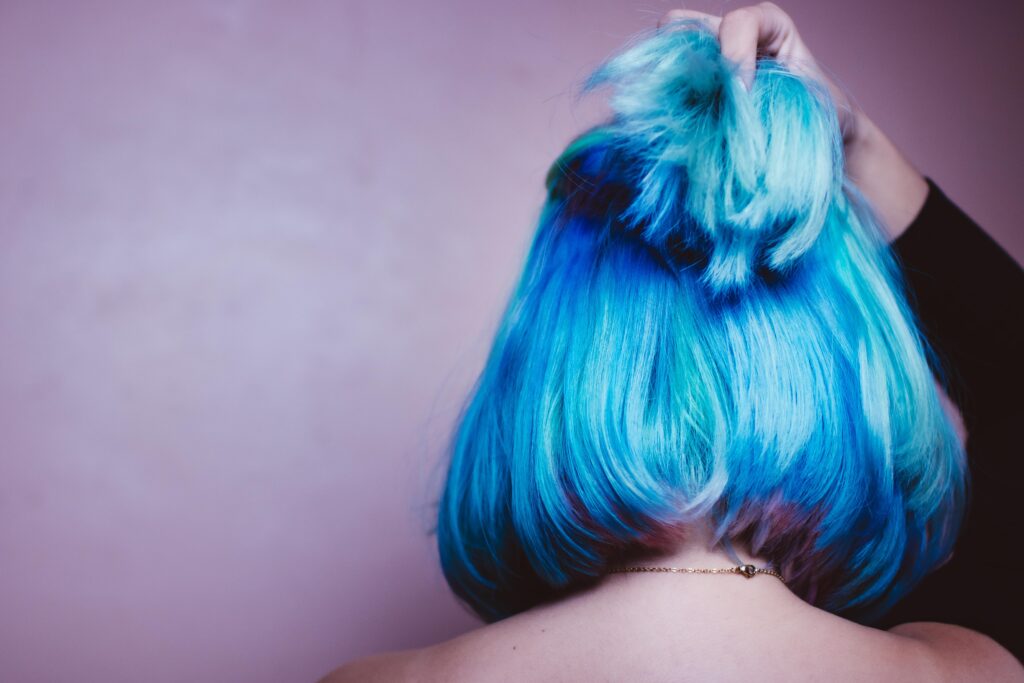
Most of these dyes are made from coal tar and may be contaminated by heavy salts such as lead, which accumulate on the skin. The side effects of synthetic colors include skin discoloration, breakouts, and temporary skin allergies and irritation. Therefore, while these colors may give products an appealing appearance, they’re considered some of the bad shampoo ingredients.
Synthetic colors are found in styling creams, conditioners, and shampoos.
9. Behentrimonium Chloride (BTAC-228)
This is a compound used both as an emulsifier and as a disinfectant. It’s a proven skin and eye irritant. Contact with eyes causes damage to the mucous membrane.
BTAC-228 is commonly found in defrizzing products, conditioners, hair dyes, and mousses.
10. Silicones
Silicones are a group of chemicals that can be identified on labels by their suffix -methicone and -oxane. They’re used to form a coating on the hair that locks in moisture. With frequent use, silicones may build up on the hair, causing limp strands. By sealing off the hair, they not only lock in moisture but also prevent further moisturizing of the hair. Silicones make it hard for important nutrients in other products to find their way into the hair and scalp. Some silicones don’t wash off easily, and over time weigh down the hair, causing breakage.
You can find silicones in leave-in conditioners.
Clean Beauty and How it Helps You Avoid Harmful Ingredients
Clean beauty refers to products that do not expose you to harmful ingredients. You can easily find fully natural and organic hair products that help with hair growth, prevent breakage, correct thinning, restore receding hairlines, and help smooth rough hair. Clean beauty is also all about ingredients and formulations that are free from toxic ingredients, whether they are pure or man-made.
Natural ingredients rarely irritate the scalp, skin, or eyes. Oils such as castor, olive, and coconut penetrate the hair shaft and give it a real shine, not just the illusion created by many chemical products. Such ingredients come laden with vitamins, proteins, and antioxidants that are vital for hair growth.
Instead of stripping away your natural hair and scalp oils, natural shampoos and conditioners provide essential oils and proteins that further enhance the structure of the hair shaft. What’s even better about clean beauty is that you can make your hair products from the comfort of your home with a few readily available ingredients. With a little bit of research, you can discover which essential oils, fruits, seeds, or even vegetables to mix to create working formulations for your precious mane. Common kitchen essentials such as avocados, berries, watermelons, spinach, oranges, and lemons all have strong hair-improving qualities.
Since it’s easy to make your own non-toxic hair care products, there’s no reason why you should keep using ingredients that harm your health. And the truth is, it’s not difficult to dip your toes into the pool of clean beauty if you are on a relentless pursuit of clean and healthy products.
And if you’re looking for some ideas for how to easily and quickly style your hair at home (including lots of cute accessories), check out this post from Real Life Style.
Keeping Your Hair Beautiful the Healthy Way
If there’s a chemical product that has been working well for you, you may have to sacrifice it if it contains harmful ingredients. The best part is that it’s quite possible to find a natural, healthy replacement.
In a nutshell, always check the labels for ingredients to avoid in shampoos and other products to avoid exposing your hair, scalp, and body to toxins. While some of these ingredients are only present in small concentrations that may seem harmless, keep in mind that long-term use exposes you to adverse side effects. If you find looking through the labels tiring and have a hard time deciphering the long chemical names, remember that you can always go the safer, cleaner, and natural way.
Did You Enjoy This Article?
If you enjoyed this article, you might also like our articles discussing haircare such as Black Seed Oil for Hair, Chebe Powder for Hair Growth, Emu Oil for Skin, Hair and Health, and Top 10 Ingredients to Avoid in Hair Products.

